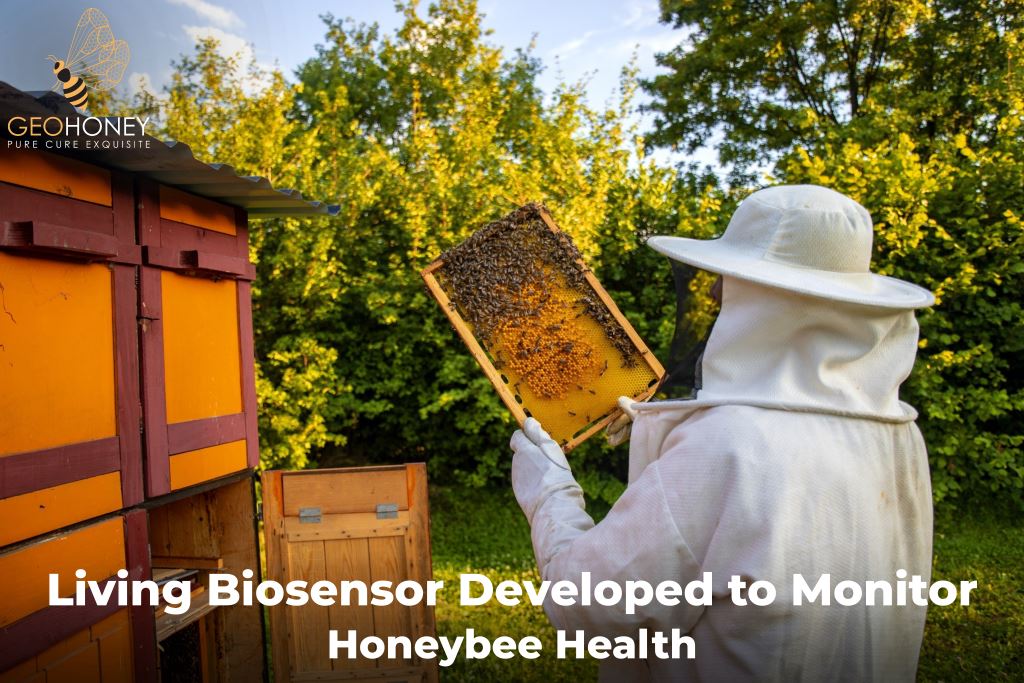- Tokyo: 17:52
- Singapore: 16:52
- Dubai: 12:52
- London: 08:52
- New York: 03:52
Living Biosensor Developed to Monitor Honeybee Health

A groundbreaking living biosensor has been created to investigate the gut microbiome of honeybees, offering valuable insights into their health and conservation efforts.
Traditionally, bacteria like Escherichia coli (E.coli) have been utilized as biosensors to study gut microbiomes in mammals. However, this innovative approach has never been applied to honeybees until now.
Researchers from the University of Lausanne in Switzerland embarked on this pioneering project to better understand how the microbiome influences the health of honeybees, crucial pollinators facing threats. Honeybees are an ideal model for studying microbiota due to their consistent gut bacterial species composition worldwide.
By harnessing synthetic biology techniques, the team engineered a biosensor using Snodgrassella alvi (S.alvi), a key gut bacterium in honeybees. This biosensor, designed to detect a sugar derivative called IPTG, produced a green fluorescent protein in response, allowing researchers to track and analyze molecules present in the honeybee gut.
However, a unique challenge arose during the study - the difficulty of collecting bee feces for analysis due to the insects' hygiene habits. To overcome this obstacle, researchers resorted to gently massaging the bees to stimulate defecation, leading to successful detection of fluorescence in the feces.
While this achievement marks a significant milestone, further refinements are needed to enhance the biosensor's sensitivity and specificity in detecting target molecules. Future endeavors aim to develop S. alvi sensors capable of detecting a broader range of molecules and even retaining memory of past exposures.
Ultimately, this innovative biosensor holds great promise for advancing our understanding of how the microbiome influences honeybee health and behavior. It also presents opportunities for monitoring honeybee populations in the wild, although ethical considerations surrounding the use of genetically engineered bacteria in natural ecosystems remain a topic of ongoing debate.
Source: advancedsciencenews



